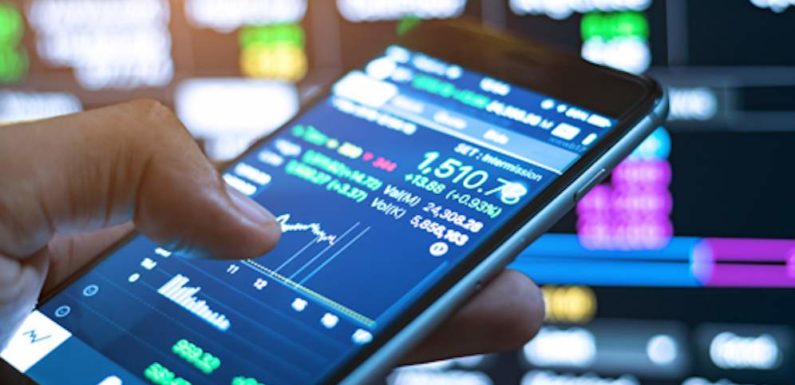
Though you probably might have not realized it, but algorithms have already dominated our everyday life, through train schedules, your Facebook newsfeed, traffic signals, and much more. And an area of algorithm trading that often goes unnoticed is in the field of stock market. The trading algorithms are changing the panorama of trading and the way it is done. Investors today are using algorithms that are designed for trading in order to achieve greater efficiency to financial markets. But how do these algorithms work?
Algo trading has developed dramatically in terms of popularity over the past decade. In the United States of America, around 70 percent of overall trading volume is generated with the help of algorithm trading. According to a recent report, the market of algorithm trading is likely to grow by 10.3% CARG from 2016 to 2020.
What is Algorithm Trading?
Algo trading is the process of buying or selling a security that is described on some pre-determined rules based on historical data. These rules are based on charts, indicators, technical analysis, or the stock fundamentals. The future of algorithmic trading starts with the allocation of resources, which is the major factor in its performance.

Algorithm trading is free from human emotions that prevent investors’ behavioral problems in holding losses for a longer period of time and selling profitable securities too soon. Moreover, it also creates trade ideas based on historical data in order to get rid of poor trading ideas and take hold of the better ones. Retail traders are of the opinion staying off algorithm trading contemplating it as complicated and beyond their reach, however setting up algorithm trading strategies for their trading systems can help you considerably if you know even the basics behind it.
Types of Algorithms Used by the Traders
#1 Execution
An algorithm can be used to break up large volume orders and strategically place them over the course of the trading day. In such large volume orders, the trader is not benefited from the strategy, but he is more likely able to get a better price quote for his entry.
#2 Arbitrage
For instance if you see the price of a brand suitcase to be US$500 in France and US$600 in Thailand, what exactly would you do? Well, the obvious answer would be to buy in France and then sell it in Thailand. This is just gaining the spread between two different countries i.e. a risk free profit at no cost. Likewise, if one identifies price difference in cash markets, an algo trader can gain significant advantage by taking note of this.
#3 Following the Trend
You might come across sundry of investment experts claiming to have the best strategies on the basis of technical analysis, trusting indicators like momentum, moving averages and many more. Moreover, there are some automated trading systems that make use of such indicators so as to trigger a buy or sel order.
Impact of Automation on the Markets
#1 Volatility
Retail trading among superfast computers with perfectly tested trading software is like jumping into water infested with sharks. With increased market volatility, it has become more difficult now for traditional investors to enter the market.
#2 Liquidity
With computers automatically making trade decisions strategically, liquidity should increase. But problems erupt when market crashes.
The influence of automation and artificial intelligence is so real that computers have been outplaying humans at our own games, controlling our roads, and certainly our financial markets too. So if you are a retail trader or a technology professional looking to kick start your own algo trading desk, begin with high-frequency trading. Do not forget to learn the basic concepts of automated trading, back testing system and order management system.

